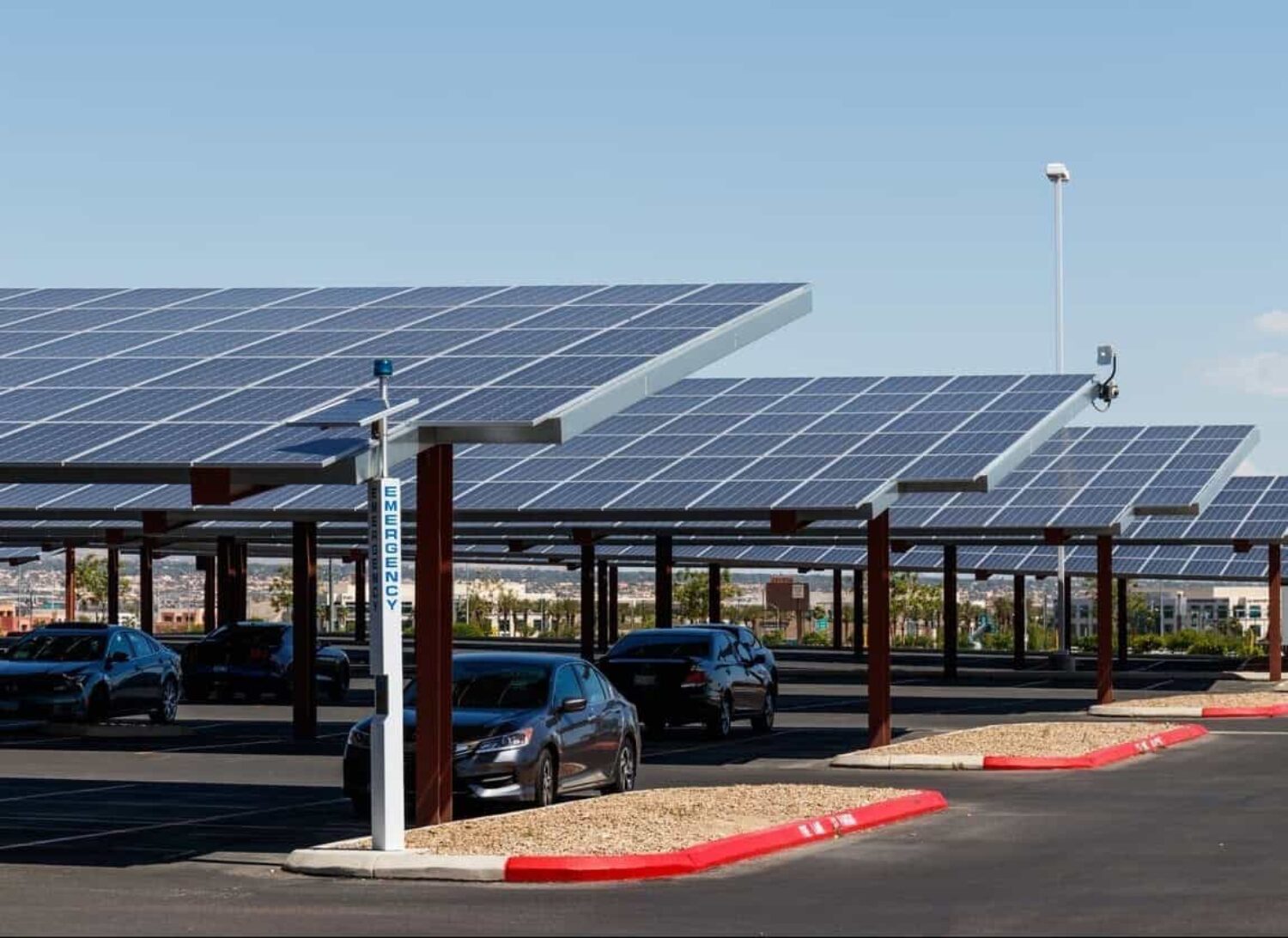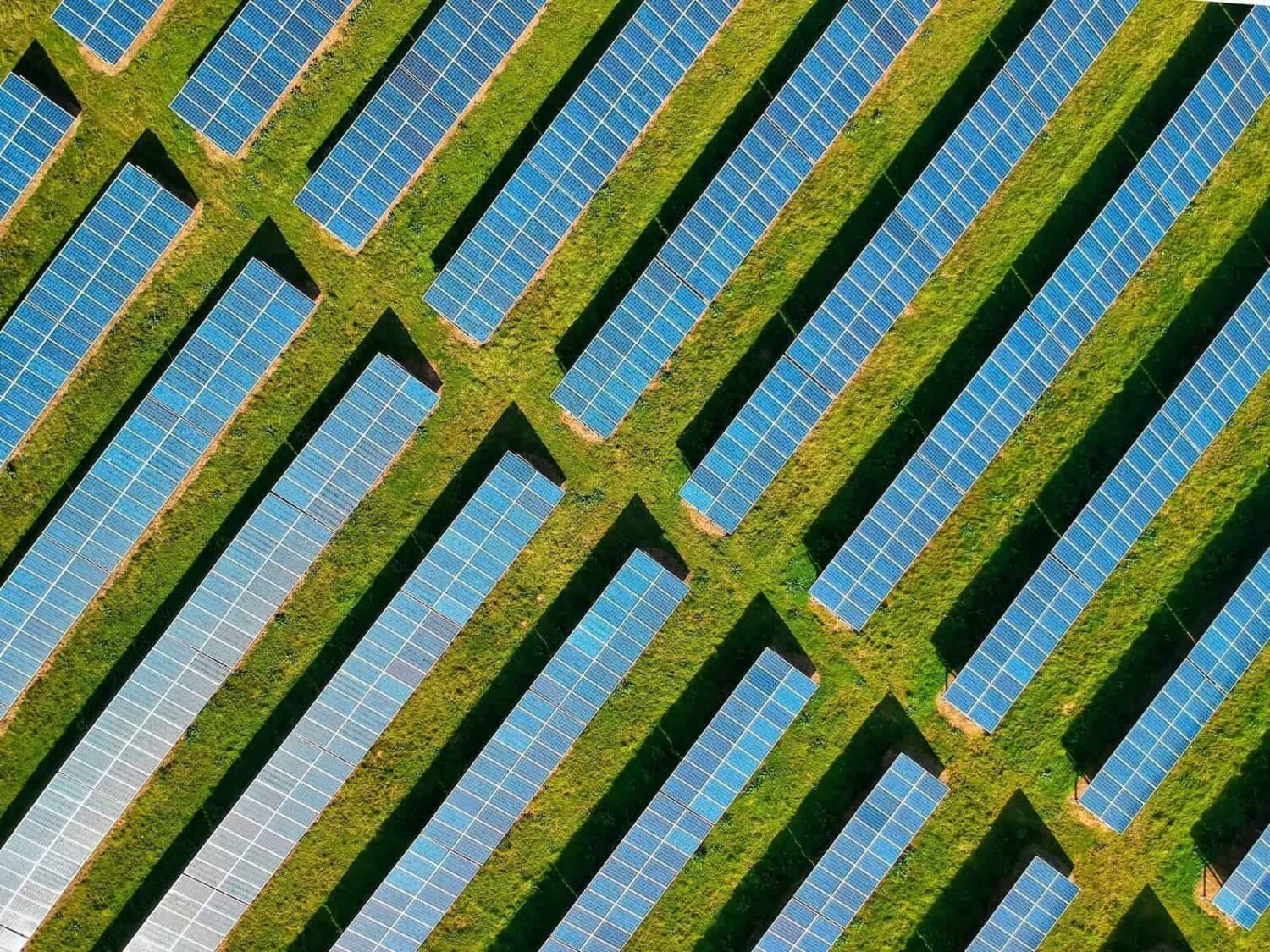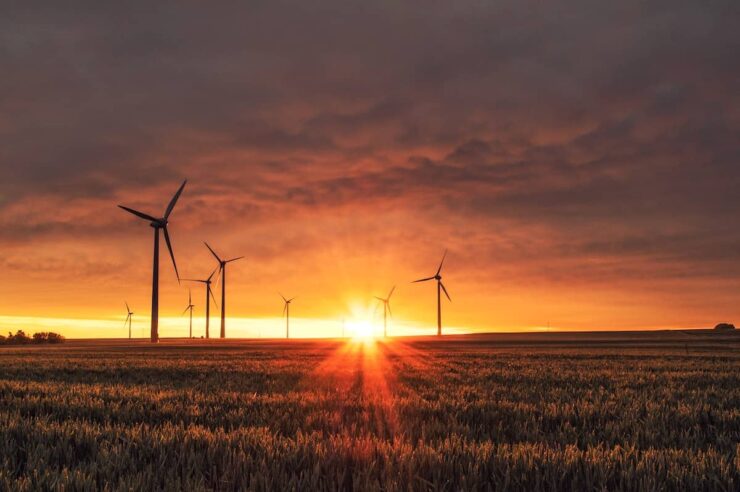Solar energy is forecast to be the world’s largest single source of electricity by 2027. From powering Europe with Saharan sun to sending orbital arrays into space, here are five of the most exciting recent developments in the sector
1. Europe to plug into desert sunshine
Solar energy harvested in the sunbleached dunes of the Sahara desert is set to power millions of homes in Britain and Europe.
Egypt is planning to link a 3GW solar farm in the Sahara to Greece via an 850-mile cable by the end of the decade. Power delivered by the ‘GREGY Interconnection’ cable will serve grids in Greece, Italy and Bulgaria.
Meanwhile the £18bn ‘Xlinks’ project set to power Britain via a solar array located in Morocco is gathering investors. The project will comprise almost 12m panels and Xlinks has already secured permission to build the array, which will be complemented by a 530-turbine wind farm. It will lie across 370 sq miles of desert in Morocco’s Guelmim-Oued Noun region and will be linked to the north Devon coast via 2,360 miles of undersea cable, the world’s longest. The project has recently faced delays, and some critics claim it will be partially located in the disputed territory of Western Sahara – but nonetheless, it could provide enough clean energy to fuel around 7m homes.
The longer winter sunlight hours in the Saharan region mean panels can generate five times more power than equivalents in the UK between the months of January and March. “Xlinks promises an exclusive and near-constant supply of reliable renewable energy, free from the environmental and weather constraints of UK-based generation,” said project director Nigel Williams.
2. Space-based solar edges closer to reality
Science fiction legend Isaac Asimov posited way back in 1940 the idea of generating electricity in space and beaming it back to Earth. Eighty years later, his vision is proving far more than a solar pie in the sky as rocket engineers, satellite manufacturers, researchers and government bodies join forces to turn science fiction into fact.
The European Space Agency’s (ESA) Solaris project is seeking funding from its member states to explore putting giant solar arrays in orbit, each capable of generating 2GW – the equivalent of a nuclear power station.
With no cloud cover and access to the sun’s rays 24/7, Space Based Solar Power (SBSP) could be harnessed around the clock and transmitted back to Earth as microwaves, before being converted back into electricity.
“It would ensure that Europe becomes a leader in the international race towards scalable clean energy solutions for mitigating climate change,” the ESA said.
In the UK, an industry-led consortium, the Space Energy Initiative, hopes to have a prototype SBSP farm in orbit by the end of the decade. Currently leading the solar space race is US firm Caltech, which launched its own demo satellite in January.

Solar panels above car parks capture energy and keep vehicles cool. Image: Jetcityimage/iStock
3. Solar car parks are now mandatory in France
Back down to Earth where France is injecting a little va-va-voom into its renewable energy ambitions by covering swathes of asphalt with vast solar arrays.
New laws approved by the French senate in November mean it is now mandatory for new and existing car parks with space for at least 80 vehicles to be covered by solar panels. Car parks with up to 400 spaces have five years to comply with the new measures, reducing to three years for sites with more than 400 spaces.
Deploying solar in car parks comes with the twin benefits of harnessing energy while also shielding vehicles from the rigours of the weather.
France’s largest solar carport generates 29MW of power and was built by Engie Green, a division of French energy giant Engie. Covering 22 hectares (54 acres) of automaker Stellantis’ factory at Sochaux, near the Swiss border, it meets the annual energy needs of 13,000 people.
Engie Green is now crowdfunding for a 44,000-panel array on the site of Volkswagen’s French HQ, which would avoid 2,100 tonnes of CO2 a year.

Solar energy is booming, with 2021 seeing a 70 per cent increase in new installations. Image: Red Zeppelin
4. Energy crisis kickstarts a boom in solar panels for UK homes
The ongoing cost of living crisis has sharpened focus on solar as a means of tempering soaring energy costs in the UK, despite less lucrative returns for panel owners. They used to receive a payment for 50 per cent of the energy they generated under the feed-in tariff (FiT) scheme, but it was closed to new entrants in 2019 and replaced with the Smart Export Guarantee (SEG), which only pays out nominal fees.
Data, however, shows new solar is booming regardless. New installations in 2021 increased by 70 per cent on the previous year, and the first half of 2022 alone surpassed the whole of 2021.
“It’s growing very quickly,” said Nigel Pocklington, CEO of renewable electricity supplier Good Energy. “At the current cost of power, breaking even on your solar spend could take as little as four to five years.”
Increased environmental awareness and falling installation costs are other key drivers for the boom. Google searches for ‘solar panels’ hit an all-time high in 2022, and demand for new solar installers to carry out works has tripled in the last three years.
The big energy companies are paying small-scale solar generators as little as 3p per kWh under SEG, but Good Energy is now aiming to offer the best smart export rate on the market, while also moving into the installation business. “Being able to fit and maintain as well as provide those ongoing rates and tariffs is critical to the future of being a green energy supplier,” said Pocklington.
5. Berlin mandates solar for all new buildings
There’s more savvy solar law-making in Berlin where rooftop PV panels are now compulsory for new-build properties and existing buildings undergoing rooftop renovations.
The city aims to meet a quarter of its electricity demand through solar. The new regulations apply to both domestic and commercial buildings, where almost a third of roof space on new developments must have solar.
The Berlin Solar Law has been several years in the making and is expected to save some 37,000 tonnes of CO2 within the next five years.
The move has been backed by the €23.7m (£21.2m) SolarPLUS programme, a subsidy scheme helping households and businesses meet the cost of PV panel installations, as well as battery storage.
Main image: Fabio Buonocore






